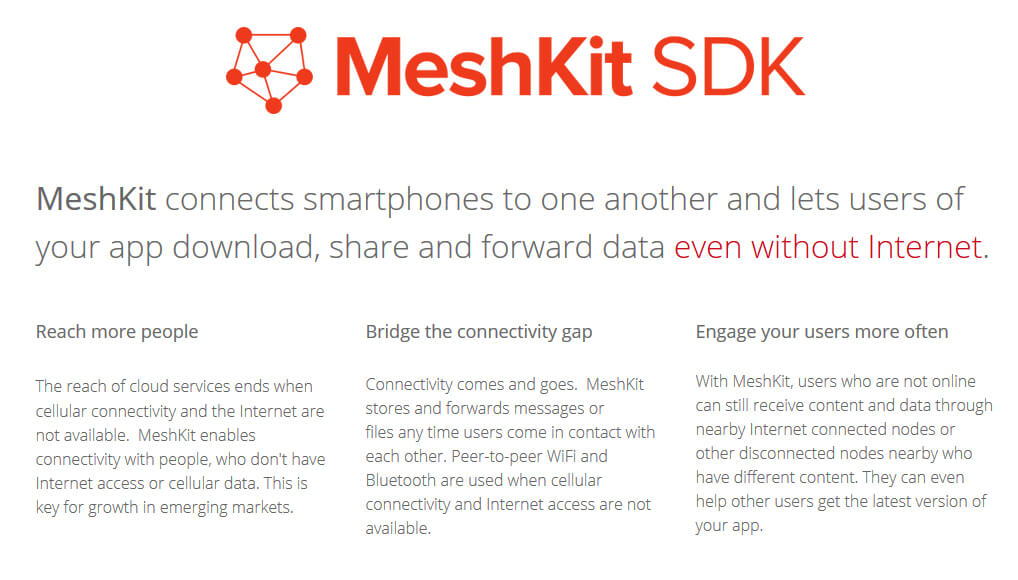Mobile App Development Trends for 2023 & Beyond
The Mobile World Congress (MWC) in Barcelona has become the default platform for businesses launching their next big smartphone. However, the biggest headline in this year’s Mobile World Congress was Nokia 3310 making a comeback, which isn’t exactly your regular smartphone. No need worry; dumbphones aren’t invading the market.
While smartphones are going stay here for a while, there is a need to gauge the evolving mobile App development trends in the industry. As per the data coming in, most of the growth in smartphone sales is projected to arise from emerging markets like India, China, Myanmar, Indonesia, and Japan. The high demand for smartphones in emerging economies stands in contrast to the declining unit sales in mature markets like Western Europe.
Developing applications for the next billion smartphones
As there is an apparent shift in the market, it is likely that most of the smartphone vendors would have to take into account the unique regional demands in Asia. It will be safe to say that Android is way ahead of iOS in the region, so far. This perhaps explains Apple’s move to start manufacturing in India. It will be too early to say if this move will give the company any definitive edge over numerous Android players operating in the market. Nonetheless, the war for supremacy is not going to be easier as Huawei is also getting vocal about its aspirations to be the market leader.
Applications running without the Internet
Cloud-based Apps and services with the ability to share and sync data in real time are becoming increasingly common. However, in the emerging economies, you will find that Internet penetration is not equal in urban and rural spaces. Needless to say, businesses operating in the region will have these issues at the back of their minds while developing mobile applications and solutions. Perhaps, these challenges will increase adoption of platforms like MeshKit which allow users to continue App usage, (sharing and forwarding data) even without the Internet.

Though this isn’t a completely new idea, the technology enabling it in MeshKit has come of ages in terms of security, content exchange and nearby discovery. This means a lot for a country like India which is aiming to be a cashless economy. Applications enabling digital payments with multiple network protocols are likely to become more popular in the coming days.
Applications bringing a positive socio-economic change
Despite all the controversy surrounding the demonetization drive in India, the fact remains that technology is not something which prevents India from going cashless. In fact, it’s the opposite – it’s an enabler. Case in point – mPesa – a mobile payment service which has transformed the payments economy in Kenya. mPesa has more than 30 million users in 10 countries and it supports international transfers, loans, and health provision. In 2016, the service at its peak processed 529 transactions per second. mPesa has also made a significant impact in social value, creating opportunities for small businesses and reducing poverty. Similar applications have the potential to impact socio-economic structures in India and other emerging economies around the world.
Applications leveraging IoT
Apart from money transfer, in the emerging economies, there is a huge scope for mobile enabled IoT applications for healthcare, citizen’s information, electricity distribution, logistics, and governance. IoT Applications make tremendous value proposition by enabling access, increasing efficiency and customizing services to an individual level. Further, as Telecom operators start collaborating, operator agnostic solutions will also enter the market. A recent example is AT&T joining hands with China Mobile for developing a common IoT platform. According to the official press release, “the deal will help AT&T global business customers connect and deploy their assets and offerings in the Chinese market.” Such deals among telecom operators will tremendously expand the potential of IoT, globally.
Applications rich in Video Content
“AccuWeather “Video First” Strategy Drives 160% Video Audience Growth,” says official press release of AccuWeather, which is among world’s most trusted weather information channels. The company has responded well to consumer demand with its immersive 360-degree videos of storms, breaking weather coverage and other exciting video content on smartphone. According to another research report by ExchangeWire, Mobile is on track to be the “number one Video Screen in the UK”. As 4G services become increasingly affordable and widespread in the rest of the world, applications rich in video content are likely to become more common. According to Verizon’s Mobility report, globally the video content will rise to 60 percent of all App traffic by 2023 Mobile App Development Trends for 2023 & Beyond; that’s three years from now.
Applications with AR & VR Content
According to IDC forecasts, worldwide revenues for AR/VR market will reach $13.9 billion in 2017 from $6.1 billion in 2016 (annual growth of 130.5%). The market will reach $143.3 billion in 2023
and Retail will be the largest spender. Retailers are already experimenting with AR & VR creating immersive omnichannel experiences for their customers. However, beyond retail and entertainment, there are several other possibilities with these technologies which can be beneficial to emerging economies. The technologies can help architects, civil engineers, and automobile designers create better designs for buildings and cars. Medical professionals can have a better view of human anatomy with AR & VR. For industries like manufacturing, construction, and oil and gas, VR-based training simulations can be a great tool in preparing the workforce without exposing it to operational hazards. Such applications are bound to explode in the near future.
While it’s true that smartphone growth in the emerging economies is driven by the consumers, with widespread mobile connectivity, businesses are also leveraging the power of mobile for creating new revenue streams. Businesses are aware that mobility can make supply chain and logistics operations more efficient and streamlined. Not to mention, mobile is one of the best tools for marketing. It will not be a surprise if the next phase of growth for mobile Apps will come from the emerging economies.
Credencys Solutions Inc is a leading software development services and solutions provider which has helped numerous businesses in building strategies for their business growth. Subscribe to our blogs for getting similar articles on management, strategy, leadership and more.








Comments are closed.